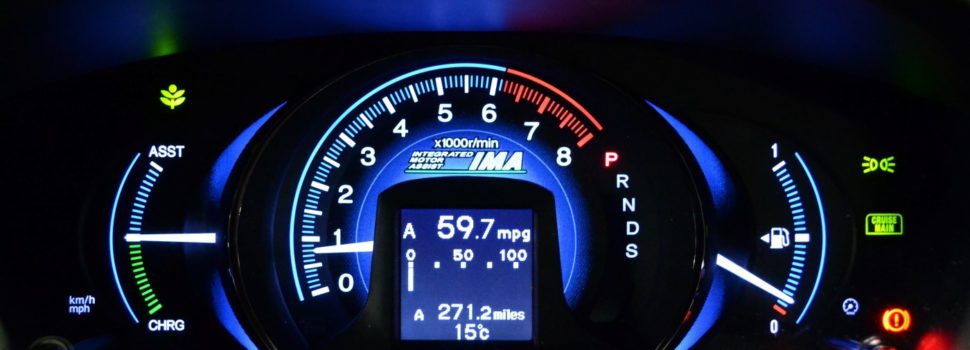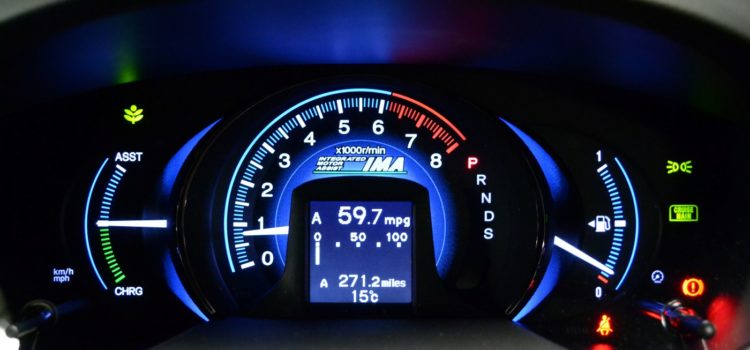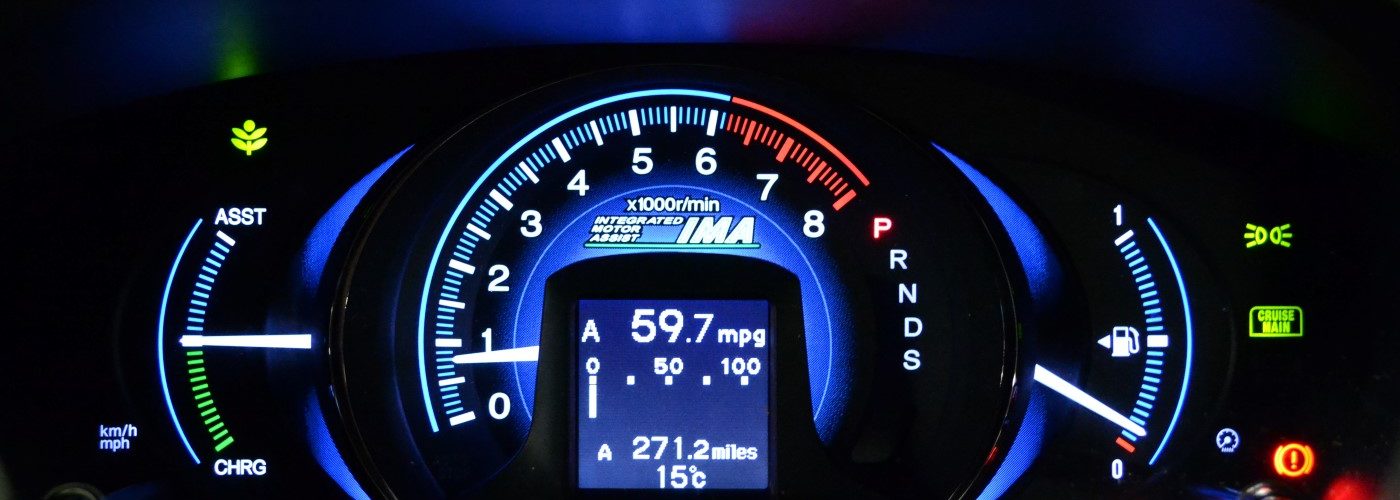


Holidays are a prime time to travel. You have time off work and family and friends are anxiously excited at the chance to see you. Its a great time for a road trip. What about the gas? Although gas is much cheaper this Christmas season, they’re still not giving it away. So it pays to improve your mileage the best you can, especially if you can do it for little or no money.
No matter what kind of car you drive, you can be getting better fuel economy than what you’re getting now. Did you know you can get better mileage by never filling up your tank? Lets take a look at a few other ways to improve your gas mileage.
Mileage… Keep Track
Knowing what your consumption looks like from tank-to-tank is important, but that’s really not enough. Knowing what mileage you’re getting in real time–being able to compare it to what you got yesterday or even 10 minutes ago, is the new way to drive these days. Get an app or go the ecomodding way and add a scangauge to track mileage.
Luckily, ecomodding combines the love of saving money and adding gadgets to your car. People with cars made after 1995 have it relatively easy: All you need to do is throw some money at a fuel-economy computer like the Scangauge, and you’re instantly instrumented. For older cars, you may need to get your knuckles dirty by installing a vacuum gauge, which measures how hard the engine is working, or explore the growing world of DIY fuel-economy electronics, like the arduino-based MPGuino. Either way, a conscious mind combined with instant feedback should get you that instant 10 percent.
Most passenger vehicles require unleaded fuel with an 87 octane level, but always check your owner’s manual or gas cap for your vehicle’s requirements. A higher octane fuel will not benefit a car that is built to run with a lower level octane level and could add up to more than $100 per year in additional costs.
Change Fluids and Maintain Steady Speed
Make sure to get your oil changed, it does lower your gas mileage. And, although it doesn’t affect gas mileage, you might as well top off your coolant while you’re at it, to beat the heat. At the same time studies show that the more erratic your is driving, the more gas it burns – up to 37% more! Keep your driving consistent and steady. Drive proactively. Rapid acceleration and hard braking can lower your mileage by up to 37%. Look at the road ahead, and try to use your brake and gas pedals as little as possible. However, you may be surprised to hear that cruise control isn’t necessarily the answer. That’s because the terrain varies, which affects how hard your engine will accelerate.
Don’t idle. When you’re sitting still, you get zero mph. Duh, you say, until they realized that turning off an engine rather than idling could increase overall fuel efficiency up to 19 percent. Consumer Reports suggests turning off your car if you’re going to be stopped for more than 30 seconds. As for taxing your starter? They say it won’t hurt it.
Keep Your Tire Pressure Spot On
One of the biggest areas in which manufacturers compromise fuel economy for comfort is in tire pressure. That 32-psi rating is mainly there to make the ride smooth as silk, even as you run over potholes and pedestrians. It can be controversial, but believe it: To get the best mileage out of your car, up the pressure to the maximum listed on the sidewall. The ride will get a bit rougher, but your rolling resistance will be reduced and you’ll get better gas mileage.
We know we’ve covered the importance of having properly inflated tires before. But it really is that important. For every tire under-inflated by 2 pounds per square inch (psi), fuel consumption increases by 1%. Try to check your tire pressure every couple of weeks to ensure you have the optimal rolling resistance. Also don’t just do it once and forget about it! Make sure to check your tire pressure every other time you fill up, or you could be leaking air and losing MPGs. Another option is to invest in low rolling resistance tires. They can add 1-2 miles per gallon. Look for highly rated tires that provide reliable traction.
The Final Gas Mileage Thought
While most tips sprout from a kernel of truth, many produce so little effect they’re not worth considering. On the other side if you can improve 2 miles per gallon, that’s an extra $5 per tank in your pocket.











No comments so far.
Be first to leave comment below.